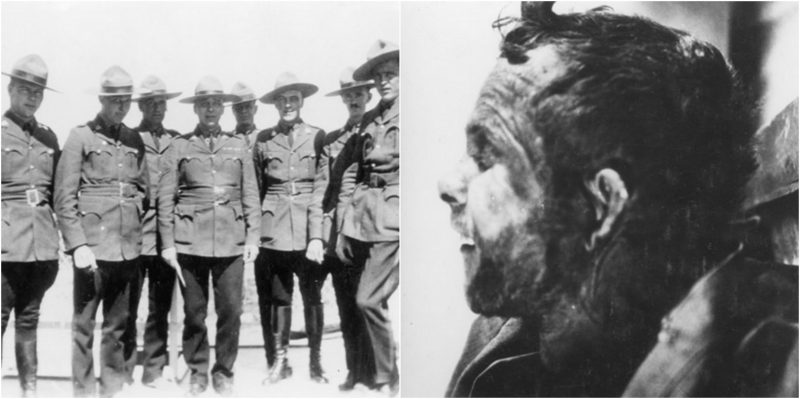This is the story of a seemingly peaceful trapper that went berserk and decided to attack a member of the Royal Canadian Mounted Police back in the 1930s.
He later became a fugitive and managed to avoid the authorities for more than a month, igniting a huge manhunt.
It all began when Abert Johnson arrived in Fort McPherson (the Northwest Territories of Canada) on July 9th, 1931. Not much is known about him except the short description that Constable Edgar Millen (RCMP) gave upon questioning him.
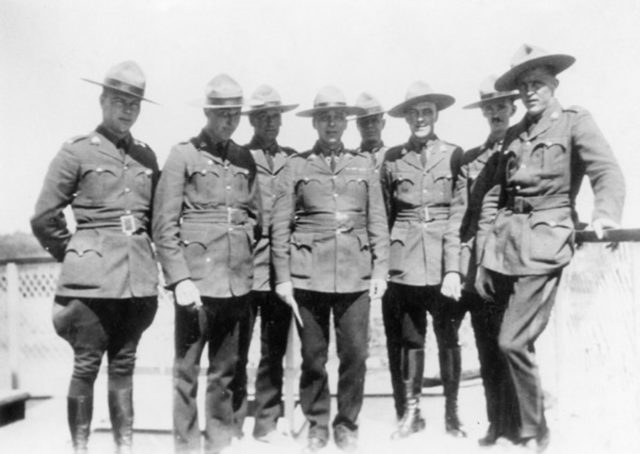
Millen noticed that he was clean shaven, with a Scandinavian accent, and appeared to have enough money to provide himself with supplies. It was later reported that Johnson constructed a small wood cabin near the Rat River.
Since the 1930s the First Nations People in Canada had the right to hunting, trapping and fishing game and fish for food at all seasons of the year. Everybody else that came at the native traditional trapping areas had to get a trapping license. Johnson didn’t apply for his license, which was strange for someone that planned to live in the wilderness.
His arrival coincided with the migration of huge groups of people that were looking for a means out of the Great Depression and devastated the native hunting grounds. Many of those people were reported for vandalism by the natives, and Johnson was one of them too.
In December 1931, a native trapper came to the RCMP office in Aklavik and reported that his traps were being destroyed or intentionally tripped and hanged on trees. The native was sure that Johnson was the one that’s doing it. The RCMP responded to this complaint and on December 26th Constable Alfred King and Special Constable Joe Bernard, two experienced officers, went to Johnson’s cabin which was 60 miles (97 km) away.
When they arrived and approached him, Johnson refused to talk, and he even acted as if they weren’t even there. He went inside the cabin and put the curtains over the windows. The officers couldn’t do anything else without a search warrant and decided to get back and obtain it.
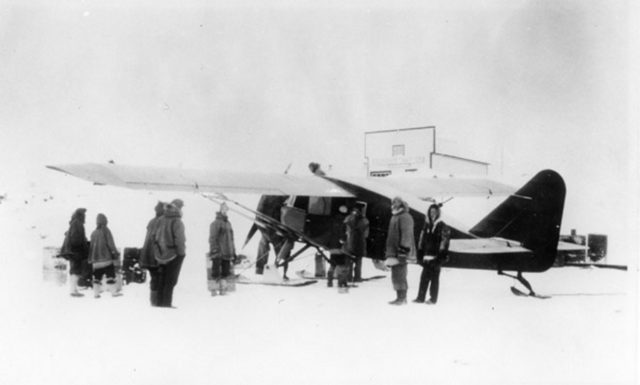
Five days later, they came back with two other officers. Again, Johnson refused to communicate. Constable Alfred King was put in a position to enforce the warrant and break inside the cabin. When he approached the door, Johnson fired at him through the door. After a short firefight, the officers managed to retreat with the wounded king and return to Aklavik.
The situation grew dangerous, and the authorities decided to assemble a posse and try to arrest Johnson. A group of 9 men and 42 dogs was formed. They also took 20 lb (9.1 kg) of dynamite in case Johnson decided to resist from inside the cabin. When they arrived, Johnson was already barricaded inside.
The officers surrounded him and threw the dynamite inside the cabin. The cabin collapsed from the big explosion, but Johnson was still inside, alive and kicking.
When the men tried to get inside, he opened fire from a dugout that he made beneath the cabin. The standoff lasted for 15 hours and luckily no one was shot. Again the officers were forced to retreat and devise a better plan.
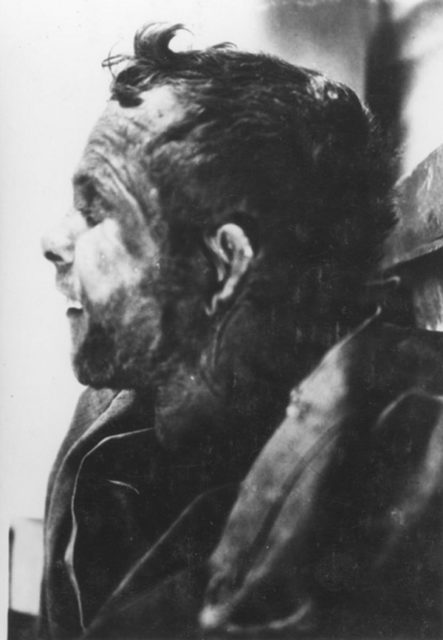
On January 14th, the reinforced group returned to Johnson’s cabin but realized that he was gone. They went after him and located him one week later. Johnson was surrounded by a dense grove but didn’t give up. A firefight began in which Johnson managed to kill Constable Edgar Millen.
The officials realized they needed more help. They enlisted local Inuvialuit and Gwich’in men, who were more adapted to move around the cold and harsh terrain. After the RCMP had realized that Johnson wanted to escape in the Yukon, they blocked the only two passes over the Richardson Mountains.
This wasn’t a big deal for the fugitive. He managed to climb over a 7,000 ft (2,100 m) peak, and they lost his track again. They discovered his whereabouts only after a plane was commissioned to track him from above.
Finally, Johnson was surrounded in a tight position. The officers found him standing just hundred yards in front of them.
He made one last attempt to escape, but couldn’t run without his snow shoes. In this final shoot-out, Johnson wounded one more officer, but at the end, he was killed after receiving a fatal shot in the pelvis.
After the whole ordeal was over, the RCMP did some statistics and calculated that Johnson managed to travel over 137 km (85 mi) away from his cabin in less than three days. In 2007, a team of forensics discovered that his tailbone was not symmetrical and because of this his spine curved left and right. Also, one of his feet was longer than the other, making his escape journey even harder.
When the officers examined Johnson’s deceased body, they found the following items: over $2,000 in both American and Canadian currency as well as some gold, a pocket compass, a razor, a knife, fish hooks, nails, a dead squirrel, a dead bird, a large quantity of Beecham’s Pills and teeth with gold fillings.
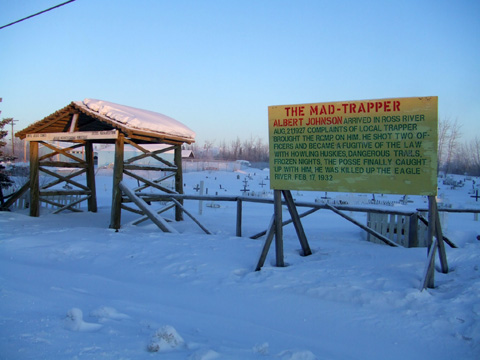
The RCMP officers reported that they never heard Johnson say a single word during the chase, except a loud laughter after he shot Constable Edgar Millen.
Up until today, nobody knows who Johnson was and why did he decide to move to the Arctic. It is also unknown if he was involved in the destroying of traps for which he was reported. Even today, Albert Johnson remains a mystery.
